The Role of Geostatistics in Mineral Exploration
Introduction
Geostatistics is a branch of statistics focusing on spatial or spatiotemporal datasets. Developed originally to predict probability distributions of ore grades for mining operations, it is currently applied in diverse disciplines including petroleum geology, hydrogeology, hydrology, meteorology, oceanography, geochemistry, geometallurgy, geography, forestry, environmental control, landscape ecology, soil science, and agriculture (crop yield estimation).
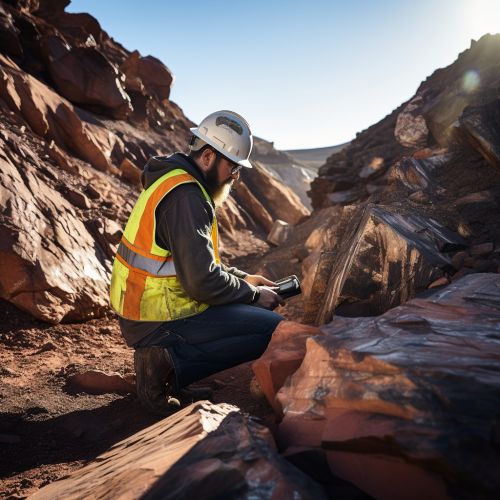

Role in Mineral Exploration
Geostatistics plays a crucial role in mineral exploration. It provides a comprehensive set of mathematical tools that allow for the modeling and estimation of distributions of mineral deposits in the Earth's crust. This is achieved through the use of various statistical methods to analyze data and make predictions about the location, size, and quality of mineral deposits.
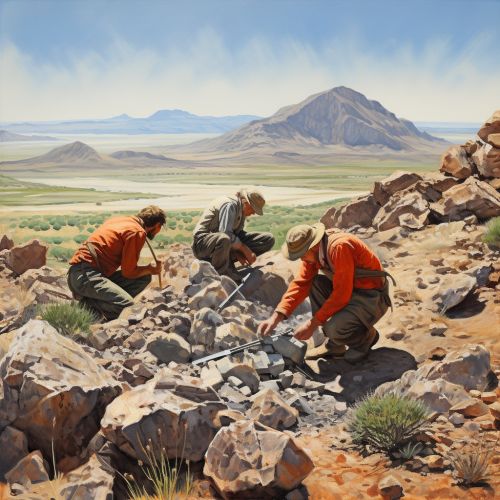

Data Collection and Analysis
In mineral exploration, geostatistics is used in the collection and analysis of data. This involves the gathering of samples from various locations, which are then analyzed to determine the presence and concentration of minerals. The data collected is often spatially correlated, meaning that samples taken from locations close to each other are more likely to have similar properties than samples taken from locations further apart. Geostatistics provides the tools necessary to analyze this spatial correlation and use it to make predictions about the distribution of minerals.
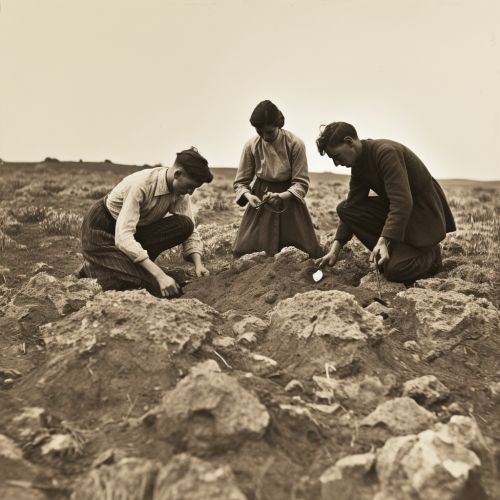
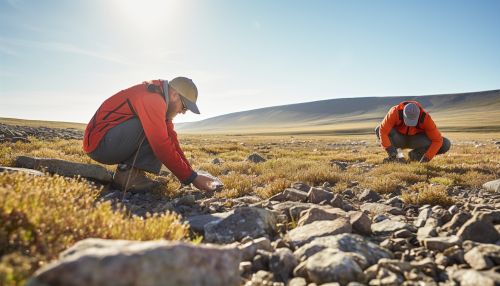
Resource Estimation
One of the main uses of geostatistics in mineral exploration is in resource estimation. This involves using the data collected during the exploration phase to estimate the amount and quality of minerals present in a particular area. Geostatistics allows for the creation of a model that can predict the distribution of minerals based on the data collected. This model can then be used to estimate the total amount of minerals present, as well as their quality.
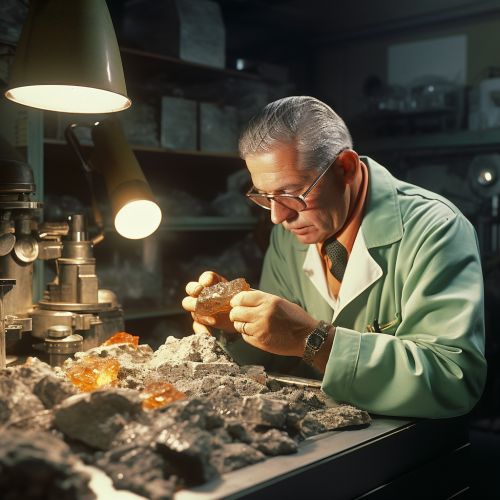

Risk Assessment
Geostatistics also plays a role in risk assessment in mineral exploration. The process of exploring for minerals is inherently risky, with many factors influencing the success or failure of a project. Geostatistics can be used to quantify these risks, providing a measure of the uncertainty associated with the exploration process. This can help in decision making, allowing for the selection of exploration strategies that minimize risk while maximizing potential returns.


Conclusion
In conclusion, geostatistics plays a vital role in mineral exploration. It provides the tools necessary to collect and analyze data, estimate resources, and assess risk. By doing so, it allows for the efficient and effective exploration of mineral resources, contributing to the success of mining operations.


